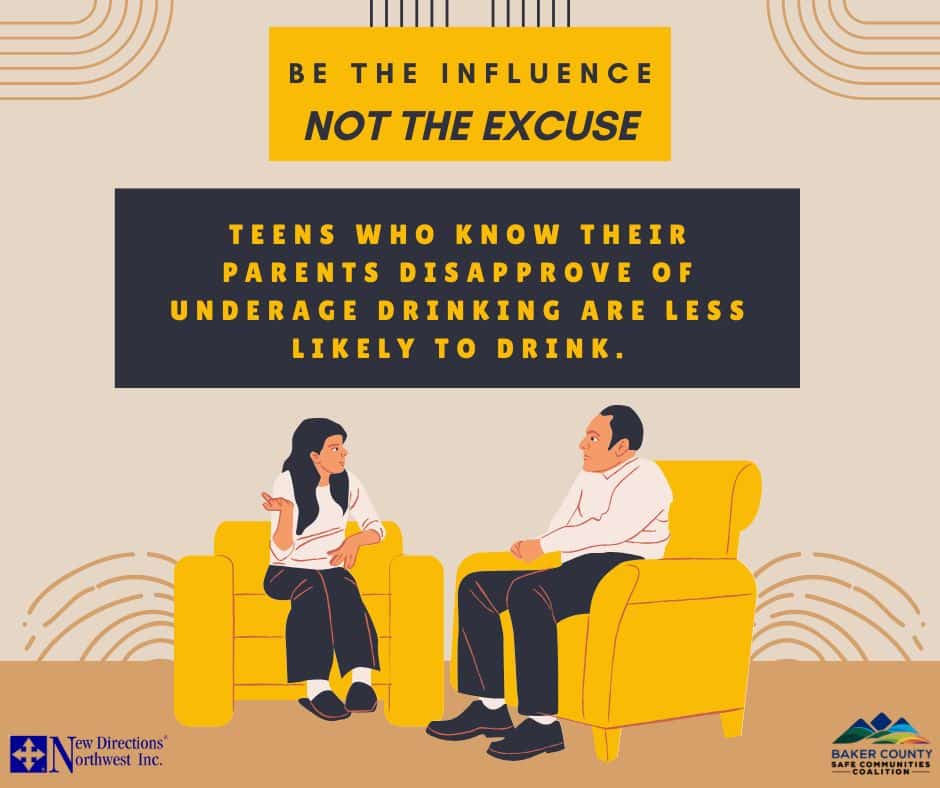
Car Seat Q&A with Child Passenger Safety Technician Robert Tibbets
By Shannon Weidemann (McKone) on Monday, May 15th, 2023 in More Top Stories Northeastern Oregon News
LA GRANDE – Is your child’s safety seat installed properly? Do you have the right seat for the age and weight of your child?
May is Child Passenger Safety Technician Month A month dedicated to highlighting these individuals who use their knowledge and expertise to help families keep their children safe.
Captain Robert Tibbets with the La Grande Fire Department is one of the areas certified Car Seat Technicians and helped with providing some answers to basic questions regarding car seats.
Why is it important for children to be in a safety seat?
For years, vehicle crashes have been a leading cause of death for infants and children. Protecting children from the powerful forces that occur in vehicle crashes is most easily done using a correctly-fitted, properly installed child restraint system.
Why is it important for seats to be installed properly?
For a seat to properly protect the child in a crash, it is critical that the seat be installed correctly in the vehicle. There are several technical aspects to this that require reading the instructions that come with the seat as well as the vehicle owners manual. A Child Passenger Safety Technician can help with understanding how the seat and the vehicle fit together, to offer the child the most protection possible during a crash.
Why do safety seats have expiration dates?
Manufactures determine the lifespan of a seat based on the materials they use, exposure to seasonally driven hot/cold cycles as they relate to being installed inside the vehicle, the need for retiring older seats that may have fallen behind in technology, as well as other factors that are manufacturer specific. Typically this lifespan is 6 years, although some manufactures allow for longer use.
How long do kids need to be in safety seats?
Oregon law states that child passengers must be restrained in child safety seats until they weigh forty pounds or reach the upper weight limit for the car seat in use. This means if your child doesn’t fit correctly in the car seat you have and they are still under 40 lbs, you would need to find a different seat to use, as 40 lbs is the soonest a child can transition to a booster seat. Infants must ride rear-facing until they reach two years of age. Children over forty pounds or who have reached the upper weight limit for their forward-facing car seat, must use a booster to 4’9” tall or age 8 and the adult seat belt in the vehicle fits correctly.
The American Academy of Pediatrics (the doctors that know everything about kids), recommend leaving your child rear-facing beyond two years of age if the child fits properly and the seat allows. They also recommend leaving children in harnesses as long as possible, considering the seat you are using and the installation method used in the vehicle. The same can be said for booster seats. If the child reaches age 8, but still fits properly in the booster, it is encouraged to leaving them in the booster for additional protection.
Oregon law should really be viewed as the minimum for properly protecting your child from unintentional injury related to a vehicle crash.
What sorts of fines can parents face if they don’t follow the laws about safety seats?
Base fines for child passenger safety violations are the same as seatbelt violations, currently $115. Of course the fines would be the least of the parent’s concern. Life altering injuries or even death can and do occur when children are riding improperly restrained.
When are you available for inspections?
We are able to accommodate Child Safety Seat Inspections on an appointment basis. Parents or Caregivers can call the station and schedule an appointment.
How can people contact you if they have questions or need help?
They can call the La Grande Fire Department at 541-963-3123, if I’m not in the station, they can leave a message and I will return their call.









